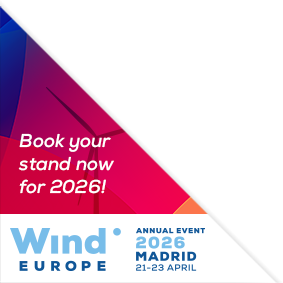Posters
Siblings:
ProceedingsProgrammeSpeakersPostersContent PartnersPowering the Future stageMarkets TheatreStudent programmeResearch & Innovation in actionProgramme Committee & abstracts reviewersPresenters’ dashboardCome meet the poster presenters to ask them questions and discuss their work
We would like to invite you to come and see the posters at our upcoming conference. The posters will showcase a diverse range of research topics, and will give delegates an opportunity to engage with the authors and learn more about their work. Whether you are a seasoned researcher or simply curious about the latest developments in your field, we believe that the posters will offer something of interest to everyone. So please join us at the conference and take advantage of this opportunity to learn and engage with your peers in industry and the academic community.
On 9 April at 17:15, we’ll also hold the main poster session and distinguish the 7 best posters of this year’s edition with our traditional Poster Awards Ceremony. Join us at the poster area to cheer and meet the laureates, and enjoy some drinks with all poster presenters!
We look forward to seeing you there!

PO220: Using satellite imagery to improve monitoring and surveillance of floating offshore wind farms
Mario Vieira, Renewable Energy Specialist, WavEC Offshore Renewables
Abstract
The expansion of floating offshore wind (FOW) technology presents new challenges in monitoring and surveillance due to the remote locations of these farms. This study explores the use of satellite imagery, specifically Copernicus Sentinel-2 data, to enhance monitoring capabilities. Traditional offshore wind monitoring methods rely on in-situ sensors, but satellite data offers a cost-effective macro-level perspective, capturing platform behavior in response to metocean conditions. A convolutional neural network (CNN) based on the U-Net architecture was developed to analyze 937 images of floating wind platforms, identifying their absolute positions by segmentation of the platform. The study incorporated metocean data from Copernicus and TU Delft datasets to assess platform offsets under varying wind and wave conditions. K-means clustering revealed wind as the primary driver of platform displacement, whereas wave conditions had minimal impact. The findings demonstrate the viability of satellite-based monitoring for FOW farms, providing insights for operational adjustments and maintenance planning. Future work will extend this approach to include platform rotation and inter-platform distances. The results underscore the potential of satellite imagery in offshore wind farm management, contributing to more efficient and scalable monitoring solutions.



